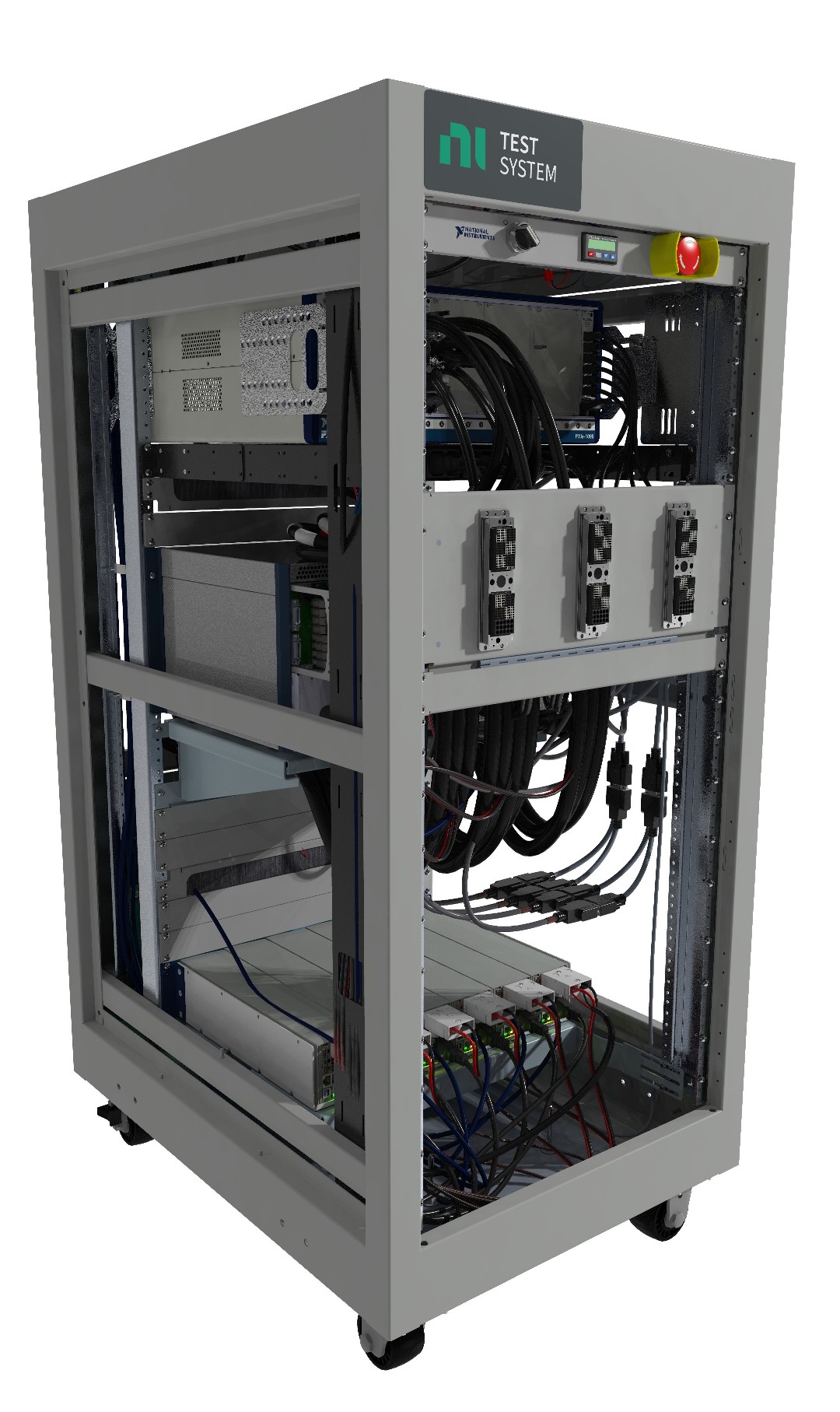NI enhances simulated testing for EVs with new Inverter Test System and collaboration with D&V Electronics for power-level inverter test
National Instruments (NI) is enhancing testing environments and workflows for electric vehicle (EV) traction inverter validation with the announcement of a new Inverter Test System (ITS) and a collaboration agreement with D&V Electronics for power-level inverter testing.
NI believes these will accelerate innovation for EVs by integrating tests earlier in the product development lifecycle. By simulating EV powertrains to perform hardware-in-the-loop (HIL) tests of traction inverter electronic control units (ECUs), the ITS allows EV test engineers to create more life-like scenarios not easily and accurately reproduced on the road.
For over a century, automotive powertrain engineers focused on optimising the combustion engine and the arrival of the electric vehicle brings formidable engineering challenges. The combined expertise of NI and D&V Electronics allows customers to spend more time engineering ambitiously toward Vision Zero and less time troubleshooting their test systems, says NI. Electric motor and direct current power emulators can be inserted into the test workflow to enable durability and thermal testing of the inverter component at full power in a high quality, cost-effective and safe environment. Adding more simulation fidelity and capabilities speeds up the entire development process at a lower overall cost than field tests.
“Automotive engineers are constantly modifying simulation models based on evolving electric vehicle performance and test requirements,” said Noah Reding, senior director of Validation, Transportation at NI. “They need scalable, software-connected tests to seamlessly move these models from design to validation. Advancements such as these speed up EV innovation and accelerate time to market by increasing test coverage while eliminating inefficiencies in the testing process.”

